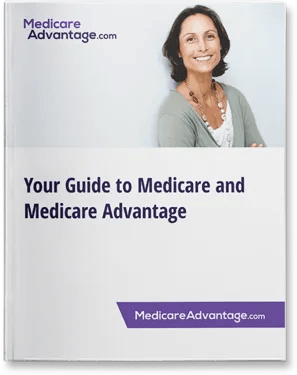
Learn more about Medicare
Join our email series to receive your Medicare guide and the latest information about Medicare.
By clicking "Sign me up!” you are agreeing to receive emails from MedicareAdvantage.com.

Thanks for signing up for our emails!
Your Medicare guide will arrive in your email inbox shortly. You can also look forward to informative email updates about Medicare and Medicare Advantage.
If you'd like to speak with an agent right away, we're standing by for that as well. Give us a call!
LICENSED AGENTS AVAILABLE NOW

